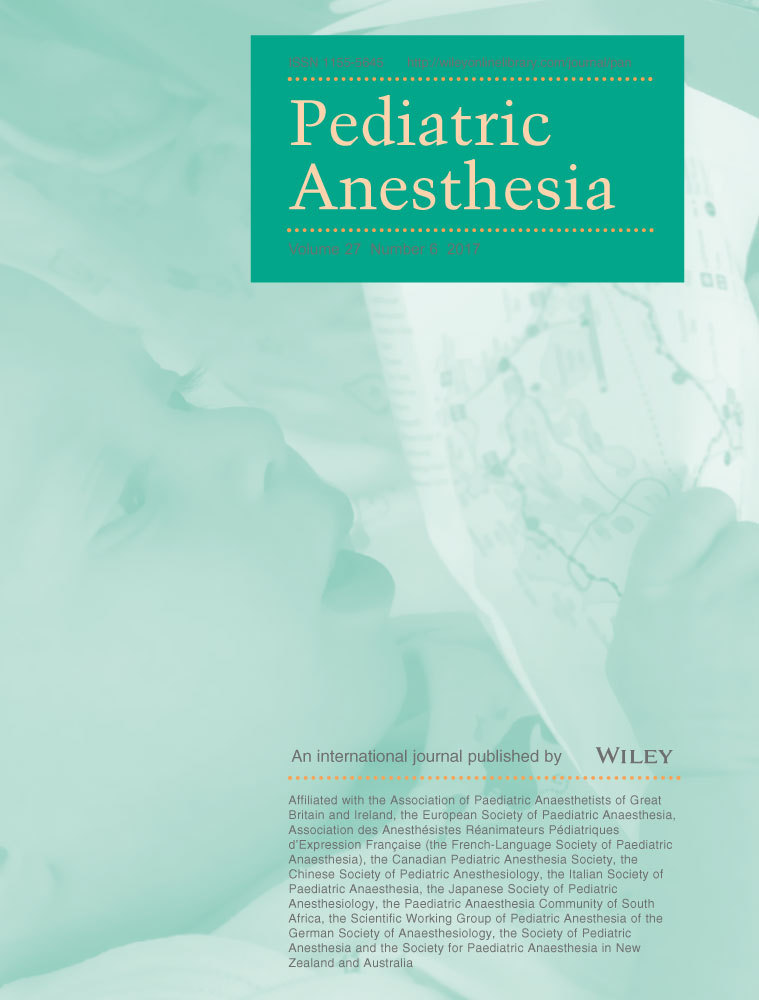Validation of Adapted Dartmouth Operative Conditions Scale for sedation during pediatric esophagogastroduodenoscopy
Summary
Aims
Pediatric esophagogastroduodenoscopy requires deep sedation as it involves stimulation of the airway. Frequency of adverse events is higher with esophagogastroduodenoscopy. Hence, monitoring needs sedation scales like the Dartmouth Operative Condition Scale that identifies safe states of sedation. This study aims at validating the Adapted Dartmouth Operative Condition Scale for sedation rating by pediatricians during pediatric esophagogastroduodenoscopy.
Methods
Items in the Dartmouth Operating Conditions Scale were adapted for pediatric esophagogastroduodenoscopy. Videos of 35 procedures were recorded. The recording started 10 min before sedation and continued till recovery. The videos were split into preprocedure videos, intraprocedure videos, and recovery videos, and further split into 30-s clips. Twenty representative intraprocedure videos clips were selected. Ten raters scored the videos with the Adapted Dartmouth Operating Conditions Scale and modified-COMFORT score. The Adapted Dartmouth Operating Conditions Scale scoring was repeated after a month. The preprocedure videos, intraprocedure videos, and recovery videos of ten patients (six clips each) were scored by one rater to assess responsiveness.
Results
The Adapted Dartmouth Operating Conditions Scale detected nonoptimal sedation states including laryngospasm due to undersedated states. It showed fair interrater reliability at timeline-1 (intraclass correlation coefficient = 0.45) and timeline-2 (intraclass correlation coefficient = 0.65) but poor intrarater reliability (intraclass correlation coefficient = 0.32). There was significant positive correlation with modified-COMFORT (Spearman's rank order correlation, r = 0.150). Responsiveness was demonstrated by the difference in the preprocedure videos, intraprocedure videos, and recovery videos scores (F = 126.50).
Conclusion
The Adapted Dartmouth Operating Conditions Scale detects nonoptimal sedation states during pediatric-esophagogastroduodenoscopy. It shows good criterion validity, interrater reliability, and responsiveness. Poor intrarater reliability seen in our study could be due to item ambiguity arising from the mode of training of the raters in the Dartmouth Operating Conditions Scale.




